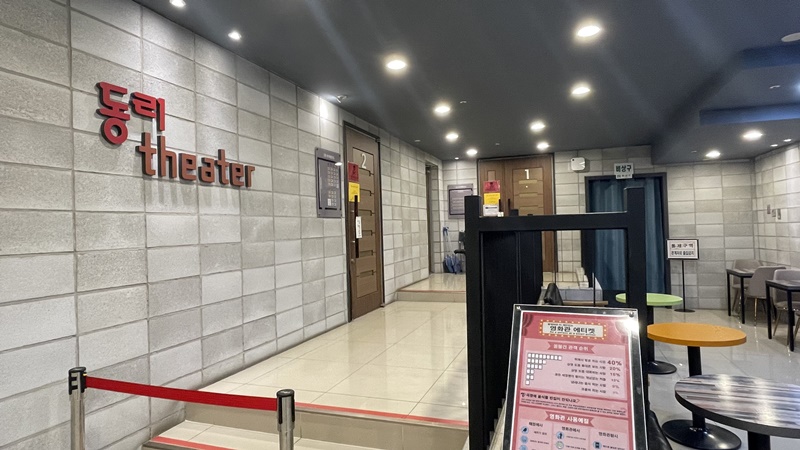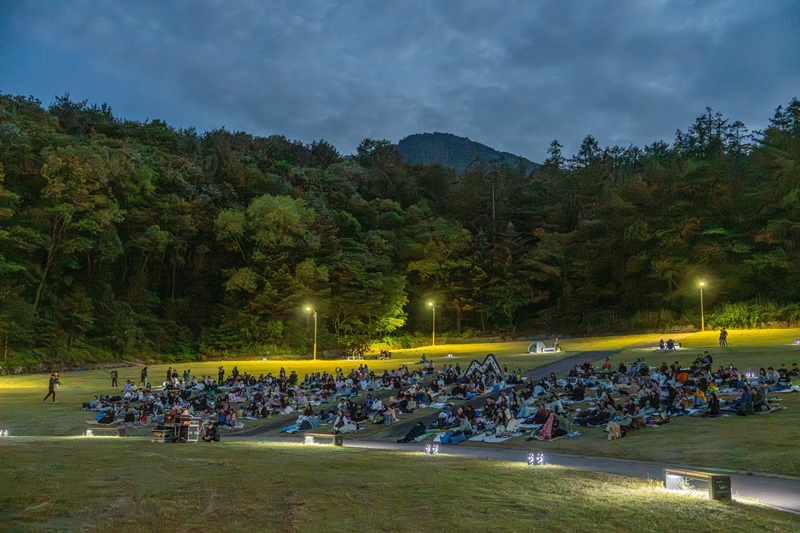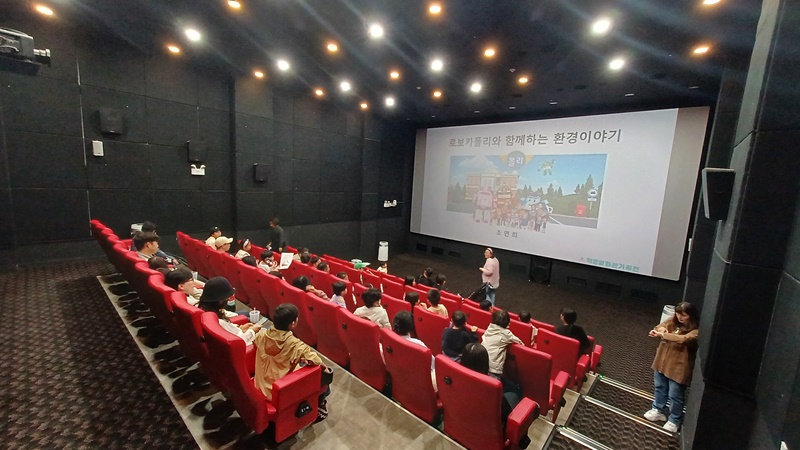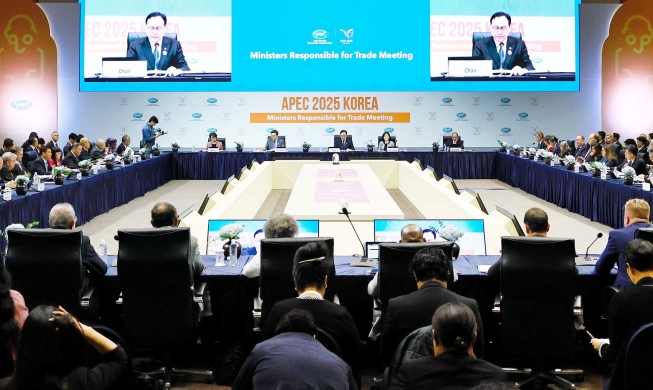
Former posters of the Small Cinema Exhibition (Korean Film Council)
By Wu Jinhua
Koreans are famous for their love for cinema.
The Korean Film Council (KOFIC) in 2020 said in a report on the domestic movie industry the year before that the average Korean visited a movie theater 4.37 times, the world's highest figure.
Data on the industry over the past few years showed that theater sales last year reached KRW 1.26 trillion, up from KRW 1.16 trillion in 2022, and the number of tickets sold 125.14 million, up from 112.81 million.
Though a far cry from 2019 before the COVID-19 pandemic, sales surpassing KRW 1 trillion and the annual number of ticket sales eclipsing 100 million for two consecutive years show how seeing films at theaters remains a major leisure activity for Koreans.
This is hardly surprising given the proximity of a movie theater in the country. Those living in major cities can easily go to a commercial cinema like a multiplex, but what about those in the countryside? This is how the concept of small cinema started.
Founded in 2013, the program initially sought to create an environment where people could see movies at any time regardless of region and narrow regional gaps in the public's right to enjoy films.
To promote this idea, the Ministry of Culture, Sports and Tourism that year launched a project to support small cinema. Since 2014, it has managed a related business team to expand the right of provincial residents to enjoy culture through events like the Small Cinema Exhibition, screening indie art films including commercial works and related programs.
According to data from the Small Cinema Association, 63 small theaters are in 11 cities or provinces including Incheon, Ulsan, and the provinces of Gyeonggi-do, Gangwon-do, Chungcheongbuk-do, Jeollabuk-do, Jeollanam-do, Gyeongsangbuk-do and Gyeongsangnam-do.
Fifty-nine of these theaters run in cities and counties smaller than a metropolitan city or local government. They are mainly in isolated regions with populations of 20,000-50,000, with most of them having two screens and up to 100 seats.
A distinctive feature of a small cinema is being smaller than a multiplex in a large city, but size alone does not define such a theater. It must be a non-profit and public venture set up and run by a provincial or local government.
Another key characteristic is a low admission fee under half of that of a regular theater.
As a public project, the small cinema faced threats to its existence due to skepticism over the viability of such theaters that arose amid the "new normal" after the pandemic.
Thanks to the efforts of many to preserve and develop such theaters, these facilities have shown new potential as a public amenity that revives provincial communities.

Dongni Cinema is located in Gochang-gun County, Jeollabuk-do Province. (Gochang Culture and Tourism Foundation)
Dongni Cinema, located in Gochang-gun County, Jeollabuk-do, and run by the Gochang Culture and Tourism Foundation, marks its 10th anniversary this year as a leading small cinema. Its screening system shows the latest releases, art films and 3D works.
Dongni was also the country's only venue to hold the Small Cinema Exhibition for 10 consecutive years. It also hosts independent events such as a rural film festival and one promoting the human rights of disabled people.
The theater also seeks to have all Gochang-gun residents -- including those culturally disadvantaged like the elderly and disabled -- equally enjoy cultural benefits.
With the county's population at 50,000, Dongni has attracted over 500,000 cumulative visitors, attesting to its role as the region's cultural center beloved by residents.

The annual Muju Film Festival in Muju-gun County, Jeollabuk-do Province, an area with a population of about 23,000, attracts an average of 30,000 visitors. Shown is the outdoor screening session in June at this year's festival. (Festival's official Facebook page)
The Muju Culture Foundation has commissioned the government of Muju-gun County, Jeollabuk-do Province, to run Muju Cinema, which screens the latest and other films as well as hold cultural events for Muju-gun residents.
The county has a population of just 23,000, but the annual Muju Film Festival attracts an average of 30,000 visitors in a "reverse population" phenomenon.
At this year's Small Cinema Exhibition, the foundation will screen indie and art films usually hard to access and hold cinematic talks led by residents.

The 2023 Hallim Small Cinema Exhibition is held at Hallim Small Cinema in Jeju City, Jeju Island. (Jeju Contents Agency)
Hallim Small Cinema, run by the Jeju Contents Agency, is the first and only small theater on Jeju Island. Opened in 2021, the venue saw the number of visitors double from 25,000 visitors in 2022 to 53,000 last year; the host town of Hallim-eup has a population of about 20,000.
Unlike the typical operating system of a small cinema, Hallim is quickly boosting visitor convenience to take the initiative in improving the moviegoing environment for residents. It communicates with audiences via online promotional media like Instagram.
Participating in the exhibition for the third consecutive year, Hallim from October to November will hold the "Jeju Diverse Films and Special Invitational Exhibition" featuring the island's cinema through film screenings and interactive education. The event will be held on Tuesdays, Thursdays, Saturdays and Sundays under the theme "Harmonious Weekend."
jane0614@korea.kr
